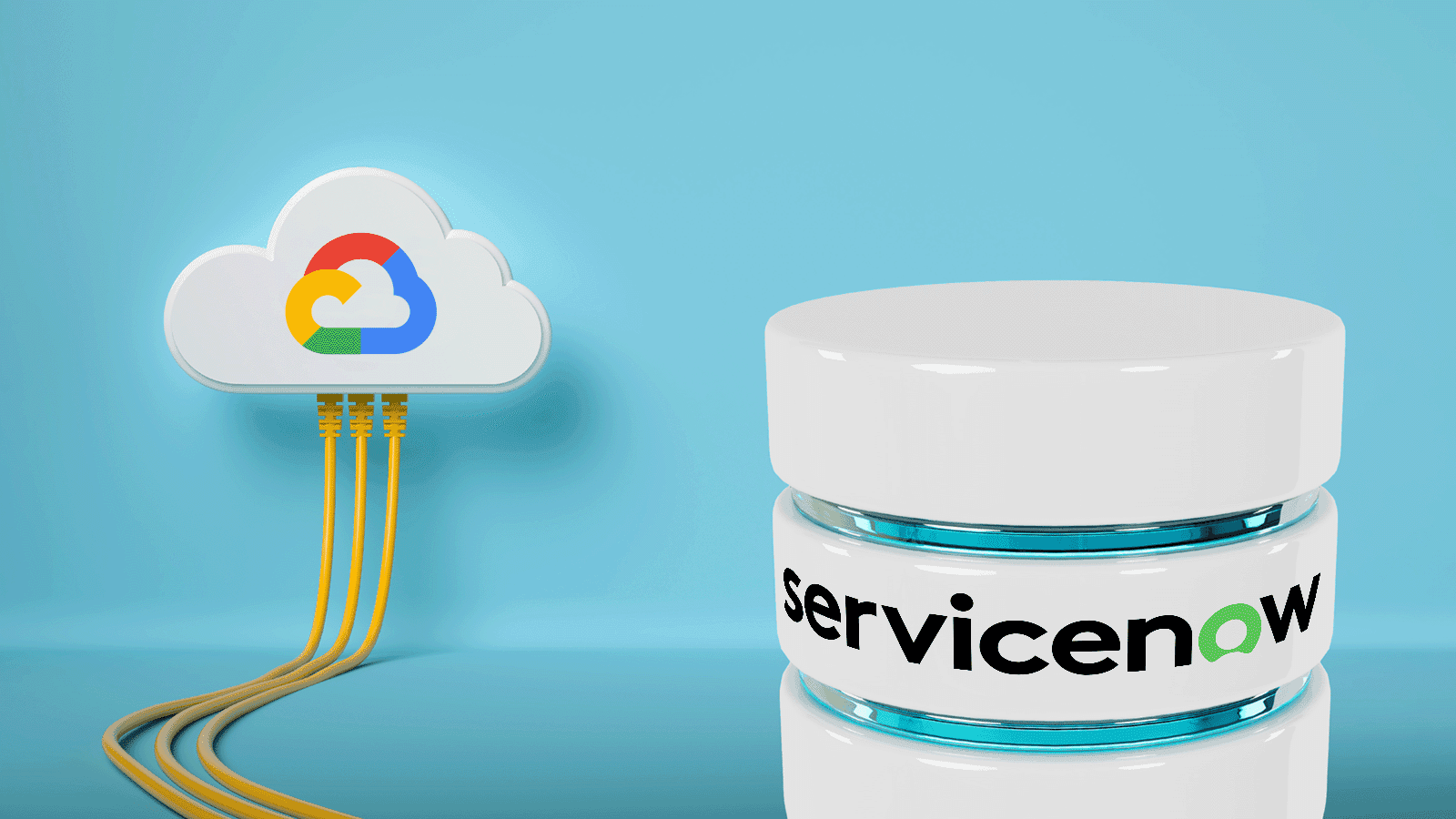How To
Automated GCP discovery to ServiceNow CMDB
Automated ServiceNow GCP discovery via Turbot Guardrails provides comprehensive coverage of your GCP resources with real-time accuracy.
Turbot Team
5 min. read - Mar 4, 2024

Automated ServiceNow GCP discovery via Turbot Guardrails provides comprehensive coverage of your GCP resources with real-time accuracy.
